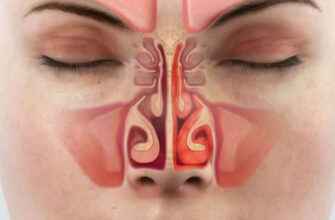Type 1 diabetes is a chronic autoimmune disorder that affects millions of people worldwide. It occurs when the body’s immune system attacks and destroys the insulin-producing cells in the pancreas, leading to a deficiency in insulin production. Here are ten key points to help you understand the basics of Type 1 diabetes:
1. Insulin is crucial for glucose regulation
Insulin is a hormone that helps the body to use glucose (sugar) for energy. In Type 1 diabetes, the body does not produce enough insulin, which can lead to high blood sugar levels.
2. Symptoms of Type 1 diabetes
The symptoms of Type 1 diabetes can include excessive thirst, frequent urination, weight loss, fatigue, and blurred vision. These symptoms can develop quickly, and it’s essential to seek medical attention if you experience any of them.
3. Age of onset
Type 1 diabetes typically develops in children and young adults, although it can occur at any age. The exact cause of the condition is unknown, but genetics and environmental factors may play a role.
4. Treatment with insulin
People with Type 1 diabetes require insulin therapy to manage their blood sugar levels. This may involve daily injections or an insulin pump that delivers insulin continuously throughout the day.
5. Importance of blood sugar monitoring
Regular monitoring of blood sugar levels is essential for people with Type 1 diabetes. This can be done using a blood glucose meter, which measures the amount of glucose in a drop of blood taken from the fingertip.
6. Hypoglycemia and hyperglycemia
Hypoglycemia (low blood sugar) and hyperglycemia (high blood sugar) are common complications of Type 1 diabetes. Hypoglycemia can cause weakness, confusion, and seizures, while hyperglycemia can lead to long-term complications such as kidney damage and vision loss.
7. Dietary considerations
People with Type 1 diabetes need to be mindful of their diet, as certain foods can cause blood sugar levels to spike. A balanced diet that includes carbohydrates, protein, and healthy fats can help to regulate blood sugar levels.
8. Exercise and physical activity
Regular exercise is important for everyone, but it’s particularly beneficial for people with Type 1 diabetes. Exercise can help to improve insulin sensitivity, regulate blood sugar levels, and reduce the risk of long-term complications.
9. Long-term complications
If left unmanaged, Type 1 diabetes can lead to long-term complications such as kidney damage, nerve damage, and vision loss. It’s essential to work closely with your healthcare team to prevent and manage these complications.
10. Support and resources
Living with Type 1 diabetes can be challenging, but there are many resources available to help. Support groups, online forums, and educational materials can provide valuable information and emotional support for people with Type 1 diabetes and their loved ones.











